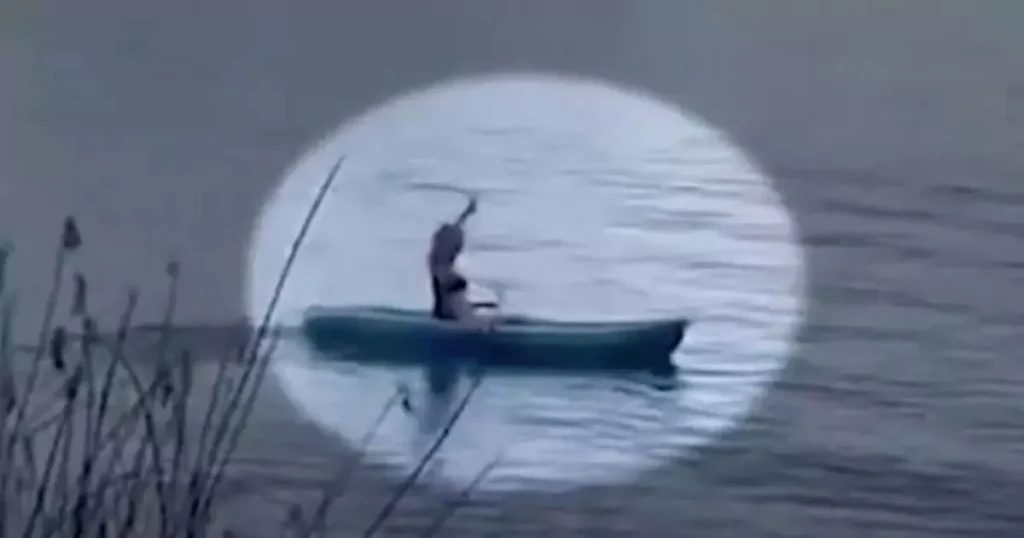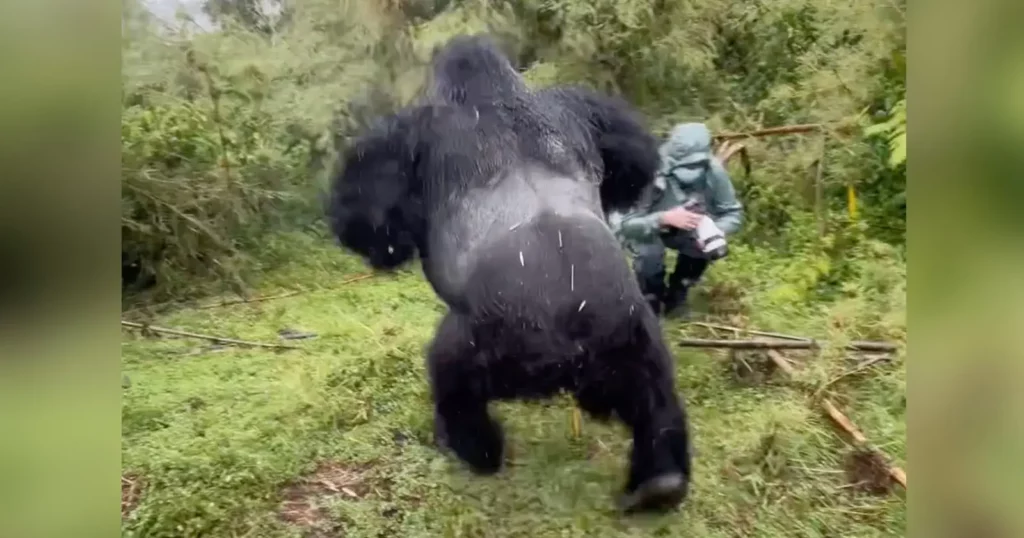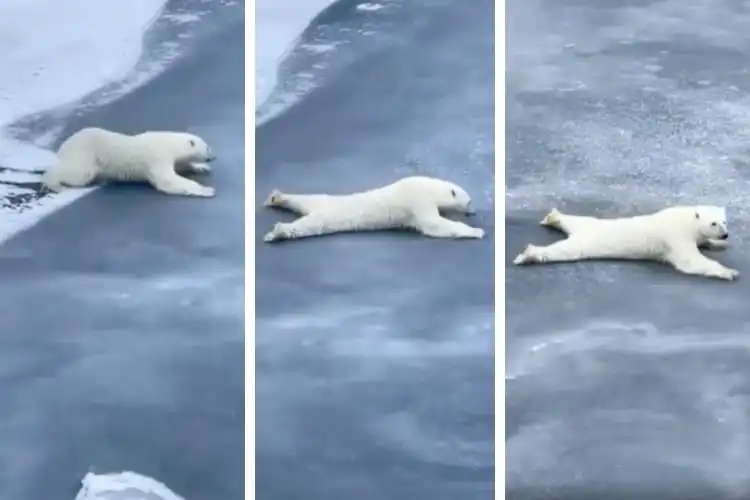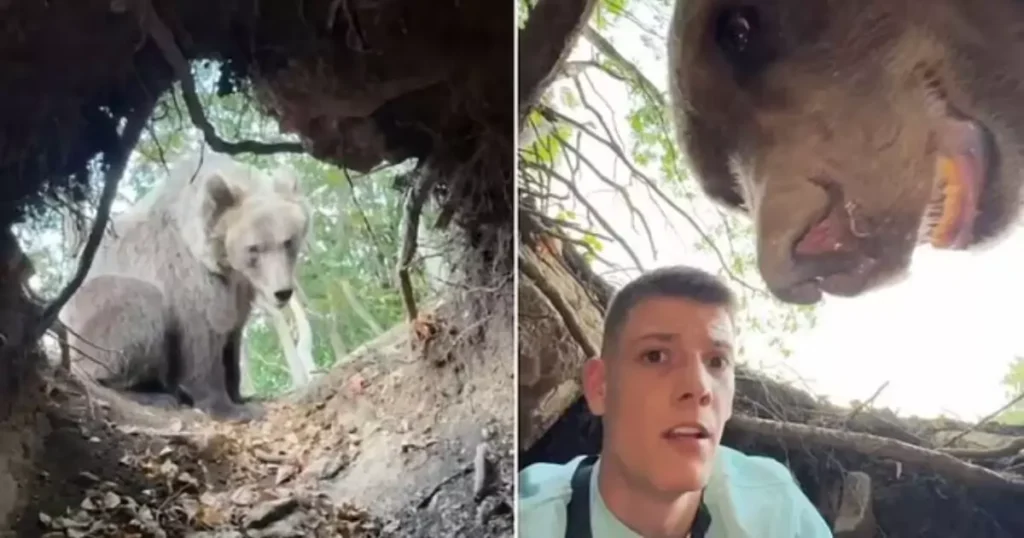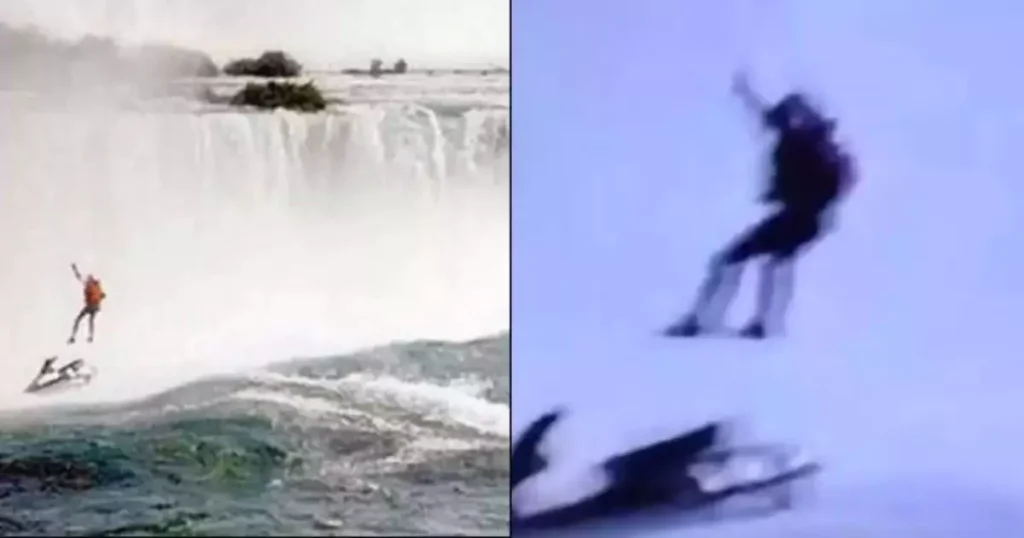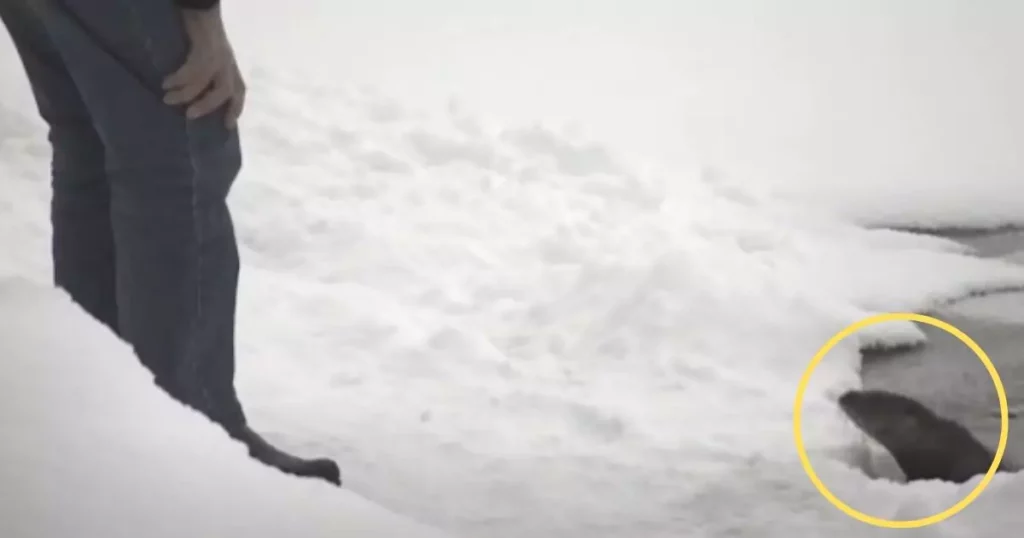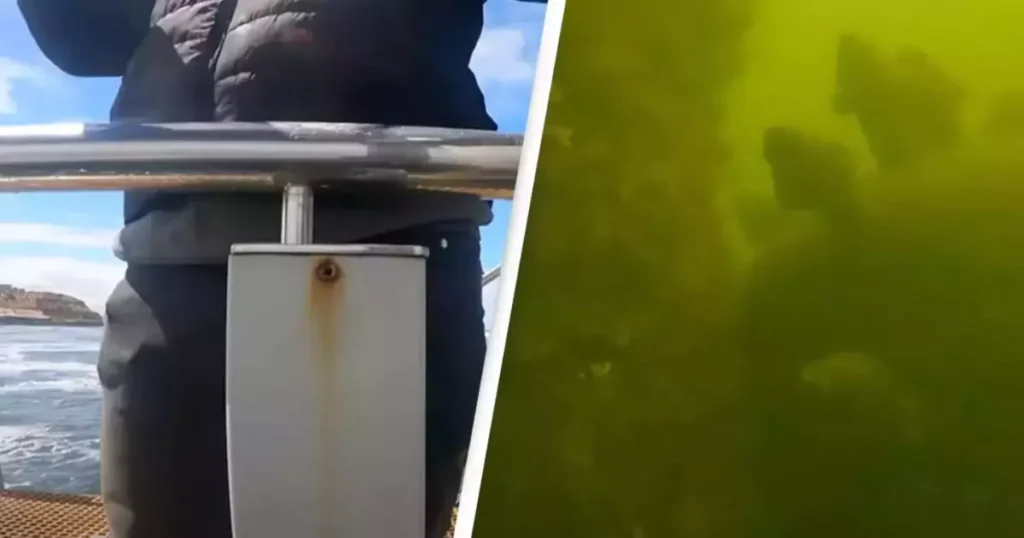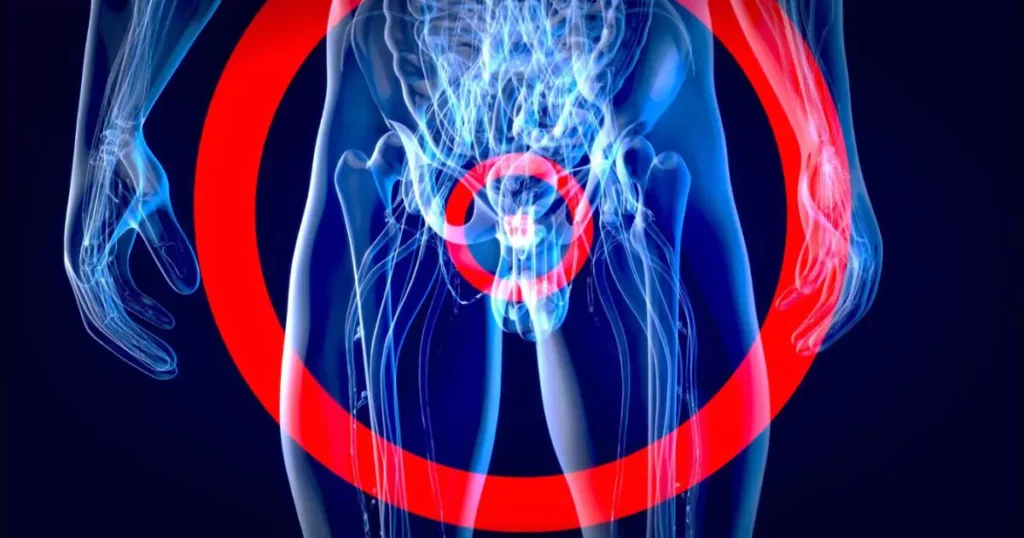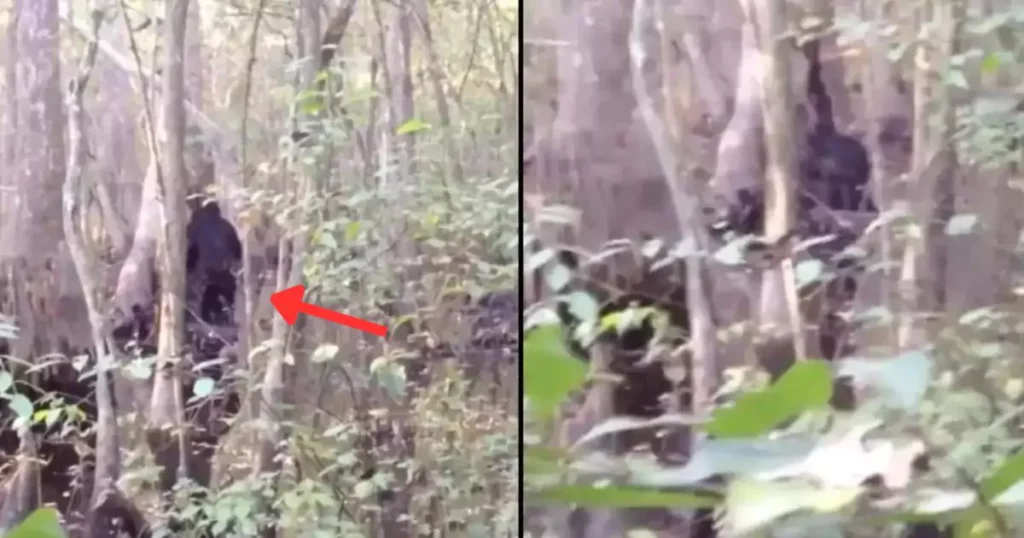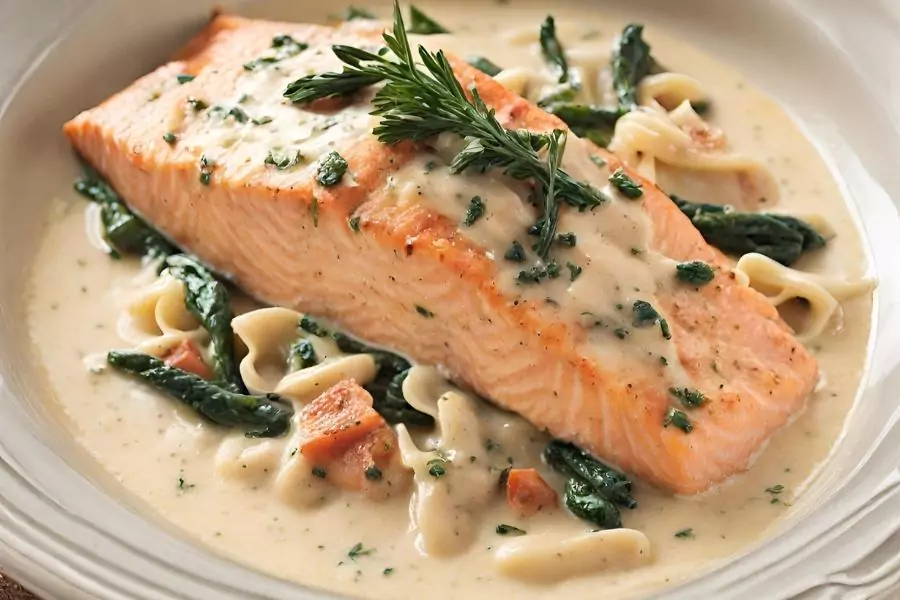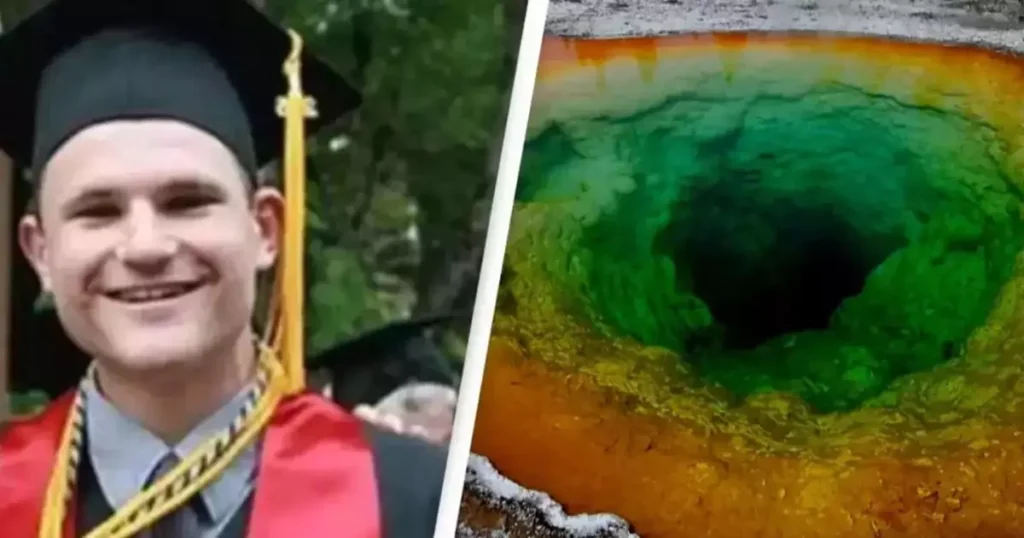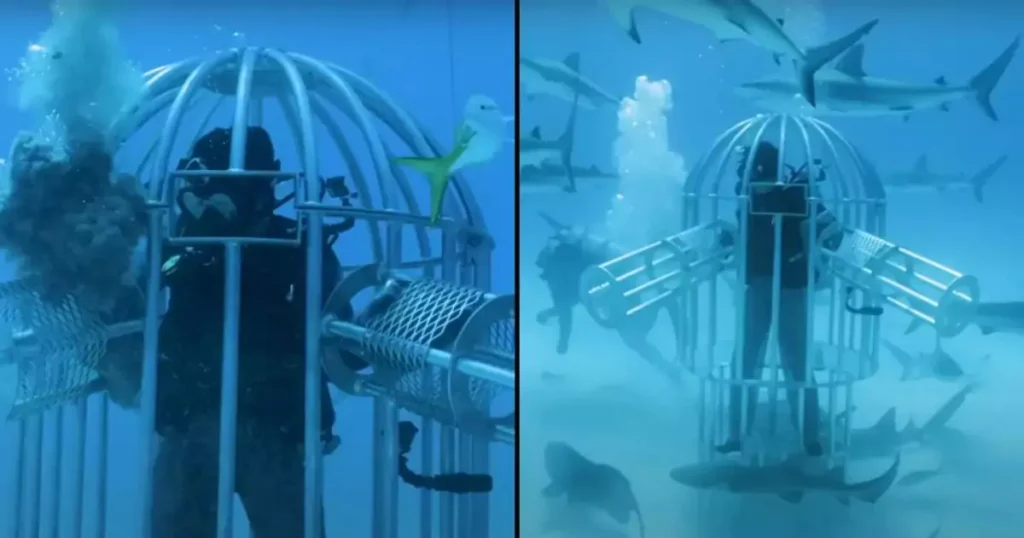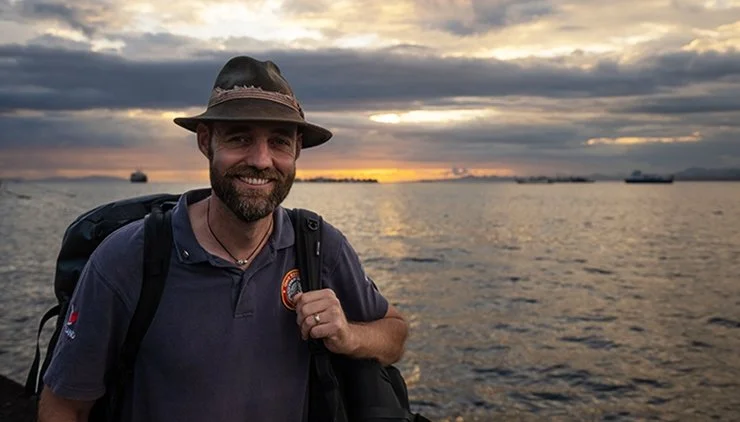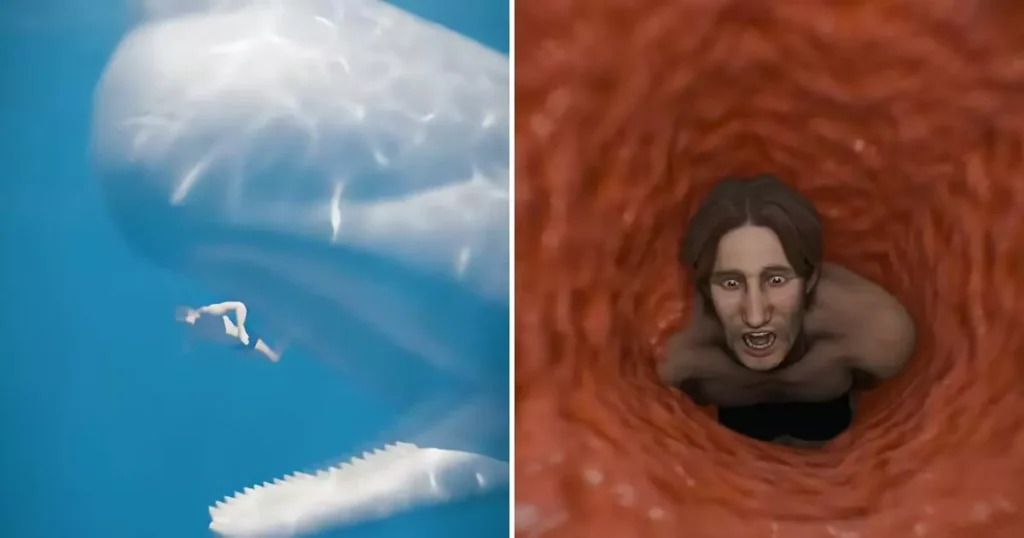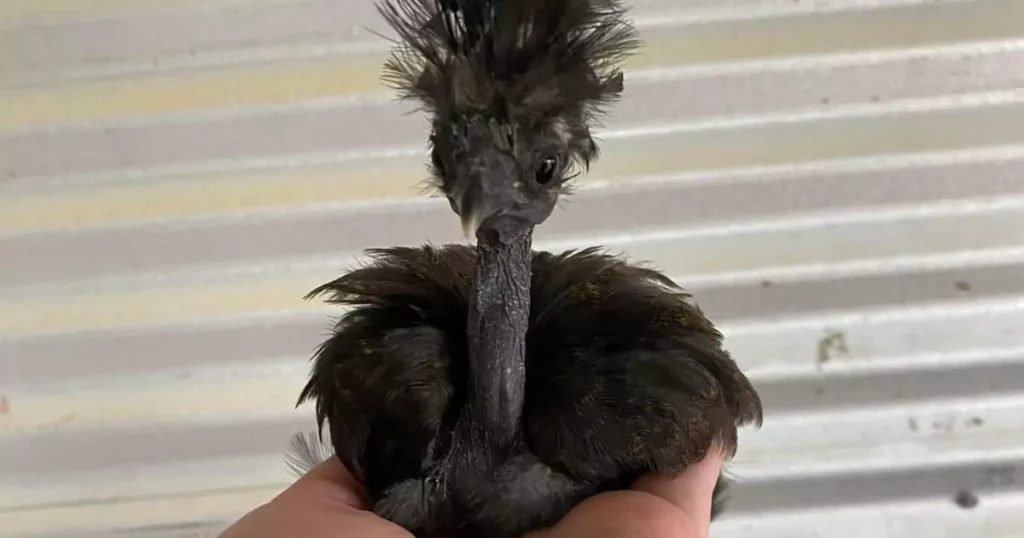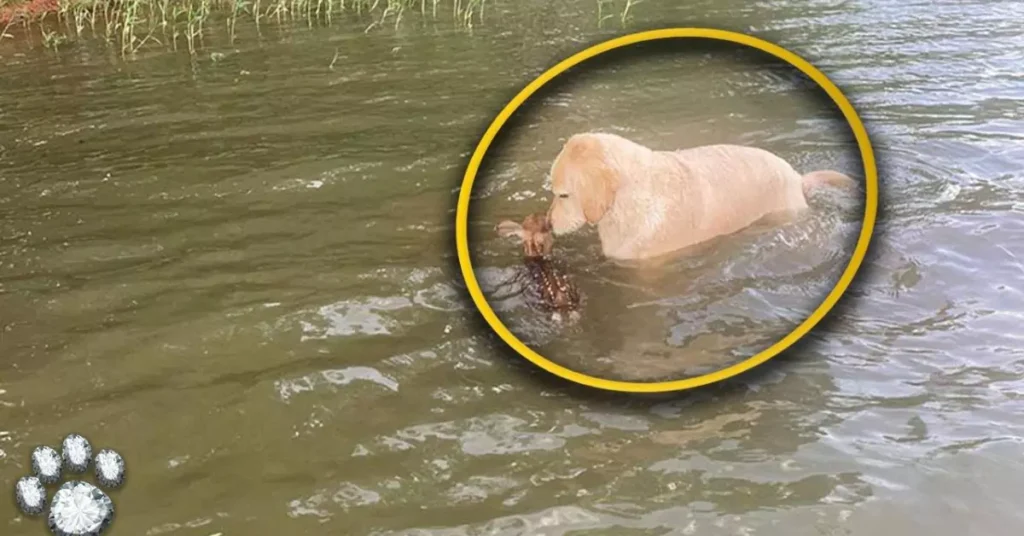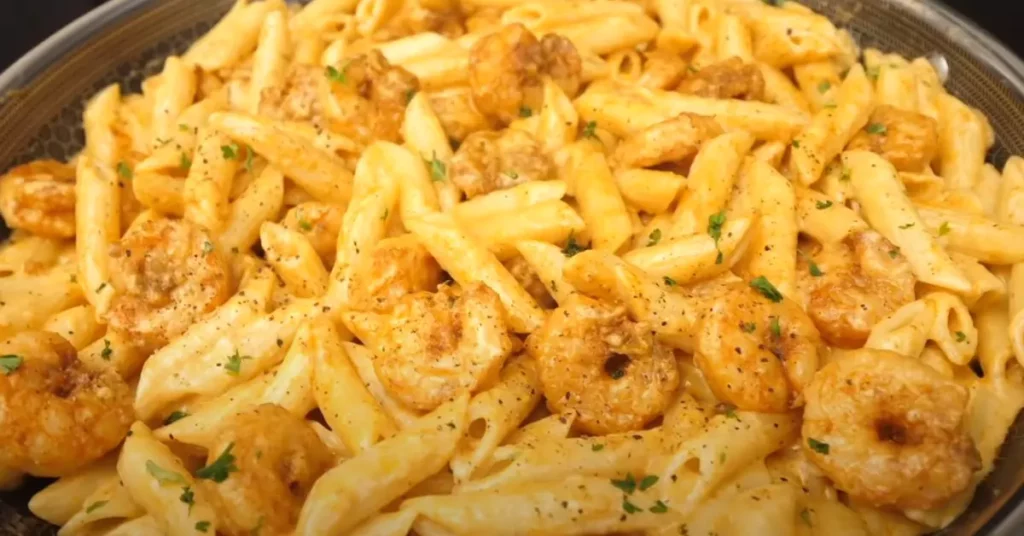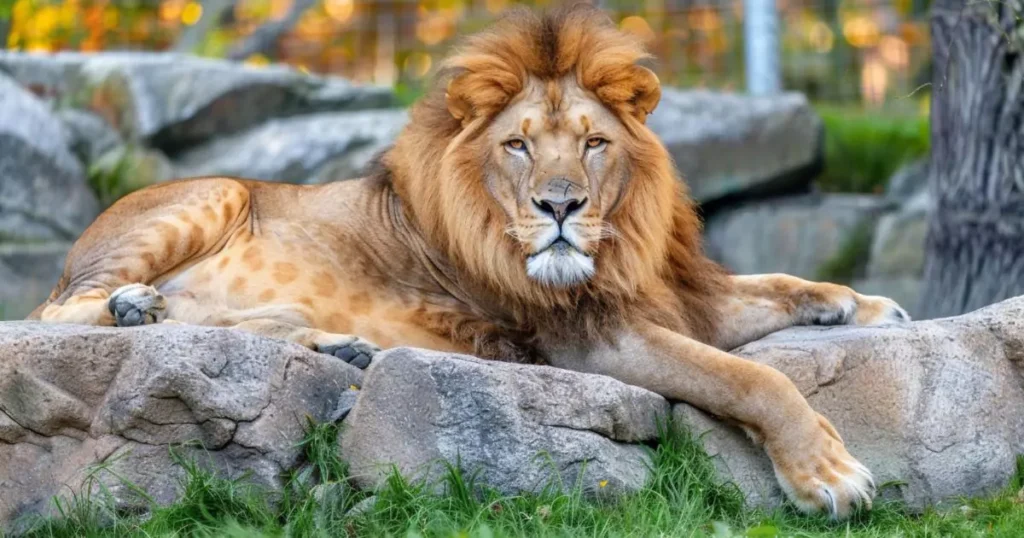
In a remarkable twist of fate, lobster diver Michael Packard experienced an event that most people could only imagine in their wildest dreams. On June 11, 2021, off the coast of Provincetown, Massachusetts, Packard’s routine dive took a life-threatening turn when a massive humpback whale mistakenly swallowed him. This extraordinary incident highlights the unpredictable nature of marine life and Packard’s incredible survival against all odds.
A Routine Dive Becomes a Nightmarish Ordeal
Packard was diving a few meters from the ocean floor, engaged in his usual lobster hunting, when the unexpected happened. A colossal humpback whale, mistaking Packard for a potential food source, engulfed him in its vast mouth. The sheer size and feeding mechanisms of the whale created a terrifying and surreal experience for Packard.

“All of a sudden, I felt this enormous shove, and suddenly everything went black,” Packard recounted. Initially, the darkness and the sensation of being squeezed led him to fear that he might have been attacked by a shark. However, as he began to sense the absence of sharp teeth and the rhythmic muscular contractions of the whale’s mouth, he realized he was inside a whale, not a predator.
Packard’s initial reaction was one of intense fear and confusion. He struggled within the confines of the whale’s mouth, convinced that he might not escape this dire situation. “I could sense I was moving, and I could feel the whale squeezing with the muscles in its mouth,” he explained. Despite his growing awareness, the situation seemed grim as he grappled with the reality of his predicament.
The Unexpected Escape
After what seemed like an eternity of darkness and fear, the whale surfaced and expelled Packard back into the light of day. The sudden transition from the dark, confined space of the whale’s mouth to the open sea was jarring. Packard was ejected with enough force that nearby fishermen on a boat witnessed him “flying out of the water.”
The fishing crew quickly came to his aid, rescuing him from the water and transporting him to safety. Despite the traumatic experience, Packard’s injuries were relatively minor. He sustained a few bruises and a dislocated knee but was otherwise unharmed. He was taken to Cape Cod Hospital for evaluation but was fortunate to be released the same day, a testament to the miraculous nature of his escape.
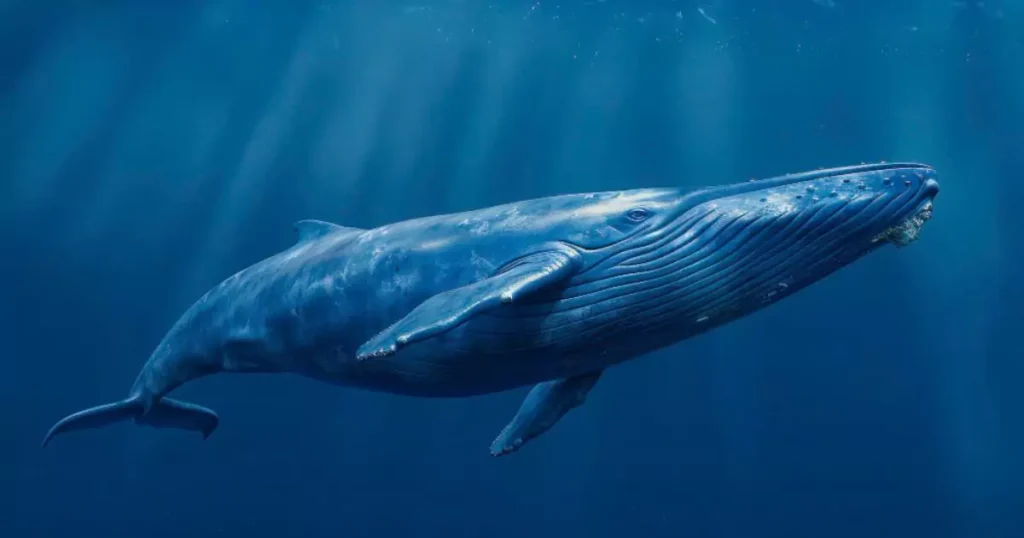
Reflections on the Harrowing Experience
Packard’s remarkable survival story has drawn considerable media attention and public fascination. Reflecting on his experience, he expressed a mix of relief and disbelief. “I was inside it. I was inside its mouth. It tried to eat me,” Packard told his fishing partner, Josiah Mayo. Mayo, who was initially relieved that Packard was not eaten by a shark, speculated that the whale’s actions were likely accidental. “This was a humpback whale. It was a relief because it wasn’t a shark, which meant Michael would be all done at that point,” Mayo noted.
The incident was likely a result of the whale’s feeding behavior. Humpback whales primarily consume small fish and krill and can sometimes accidentally ingest larger objects. Packard’s unintended inclusion in the whale’s feeding process highlights the unpredictable nature of marine wildlife interactions.
Understanding the Behavior of Humpback Whales
Humpback whales are known for their impressive size and complex behaviors. They are filter feeders, using their baleen plates to trap small fish and krill. While humpback whales generally feed on small marine organisms, their feeding strategies can occasionally lead to the accidental ingestion of larger objects. This behavior, combined with the whale’s size and feeding mechanisms, contributed to Packard’s extraordinary ordeal.
The encounter underscores the fascinating yet unpredictable nature of marine life. Humpback whales, despite their size and power, are not typically aggressive toward humans. Packard’s experience was an anomaly rather than a common occurrence, reflecting the complexities of human-wildlife interactions in the ocean.
Essential Safety Precautions for Ocean Activities
Packard’s story serves as a powerful reminder of the importance of safety and preparedness when engaging in ocean activities. While such dramatic incidents are rare, taking proper precautions can significantly enhance safety and reduce the risk of dangerous encounters. Here are some essential tips for staying safe while diving or swimming in areas with large marine animals:
- Stay Informed About Marine Wildlife: Before diving or swimming, check local marine wildlife reports and be aware of recent sightings of large marine animals. Understanding the presence of such creatures can help you prepare for potential encounters.
- Avoid Known Feeding Grounds: Exercise caution around areas known for large marine species such as whales and sharks. These regions can pose heightened risks, and avoiding them can reduce the likelihood of dangerous encounters.
- Use Appropriate Diving Gear: Ensure you have suitable diving equipment and emergency communication devices. Proper gear can help you manage unexpected situations and signal for help if needed.
- Dive with a Buddy: Always dive with a partner or group. Having companions increases your chances of a successful rescue in emergencies and provides additional support in challenging situations.
- Follow Established Safety Protocols: Adhere to safety guidelines provided by local marine authorities and diving organizations. These protocols are designed to ensure your safety and mitigate potential risks.
- Obtain Emergency Training: Consider taking courses in emergency response and first aid specific to diving and marine encounters. Being prepared for emergencies can make a crucial difference in critical situations.
Michael Packard’s miraculous escape from being swallowed by a humpback whale stands as a testament to the unpredictability and wonder of the ocean. His survival, despite the terrifying ordeal, serves as both an astonishing story of human resilience and a reminder of the importance of safety and awareness in marine environments. As Packard’s tale continues to captivate and inspire, it highlights the need for vigilance and preparedness when navigating the vast and mysterious world beneath the waves.
By sharing Packard’s extraordinary experience and emphasizing essential safety measures, we hope to enhance awareness and promote responsible ocean activities. The ocean remains a realm of incredible beauty and mystery, and with the right precautions, we can continue to explore and appreciate its wonders while minimizing the risks associated with its inhabitants.













